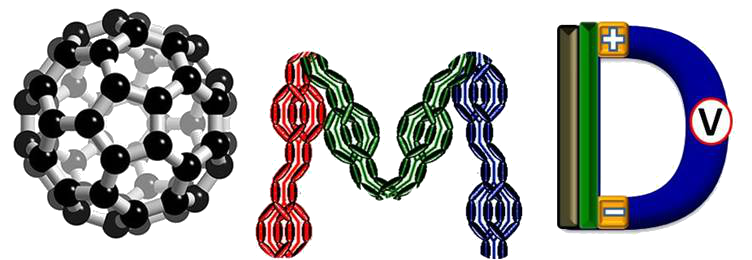



Energy levels, Electrons, Holes, Light Emission.
This part is really on the high-school level (or just above) so …
So what is the crudest way to achieve light emission.
The critical point here is to make sure that the water falls directly into the bucket (or its top hole) and only when it finds the hole will the process be efficient. If you miss the bucket (hole) the water just fall down and splash all over the place.
So now we would like to use the same skill and produce light from a semiconductor. Unfortunately these type of materials do not conduct water but only electrons. So our main task would be to arrange for electrons to fall into holes (buckets).
So what do we do? Simple - inject electrons into one end and holes from the other and keep our fingers tight hoping the two will meet (see below).
As you can see from the above, sometimes holding the fingers tight is not enough and not all the electrons fall into holes. Some of them just leak out (just like the water that missed the bucket).
It is obvious that we are loosing energy this way and the process is not efficient (the electron-hole recombination efficiency is low). One approach is to try and direct the electrons and holes to a given "meeting place".
If you like it is similar to making sure that the water falls always from the same spot and that directly below it there will be a bucket. In an electronic device we create this "meeting point" by building a barrier (see below).
As you can see, to build a barrier we need at least to materials and to achieve an energy barrier the energy levels of the two materials should be different (the energy level is the surface on top of which the electrons or holes move).
If you are interested in a slightly deeper picture keep on reading. If not - hope you had fun.
Deeper picture usually means more details. The first detail to add is related to the light-emitting-device structure.
It is a flat device with a 3D shape where electrons and holes are injected from two opposite surfaces.
One surface (at least) is transparent so that light can be emitted and the other surface is usually acting like a metal-mirror.
The other detail is that before electron and hole recombine they need first to become a "pair".
They remain as a pair (we name the pair "exciton") for a while before the pair decays (recombine) to emit light (see below).
(Whenever the movie stops you need to click on the top title to make it continue)
If you like details then you may be interested in how these charges (electron-negative, hole-positive) travel through the polymer (spaghetti) layer to meet each other. Well they simple jump (hop) from one polymer chain to the other and sometimes travel a bit a long a chain.
As this motion is made of many events (jumps or hops) one has to employ statistical or probability methods to describe this motion.
Also the recombination process is a statistical process with a given probability (dictated by the device and material fine structure).
There are many more processes that occur simultaneously in a light emitting device and a glimpse at them is given below.
Finally, one can make a device that works in the opposite direction. It absorbs light and generates current or voltage.